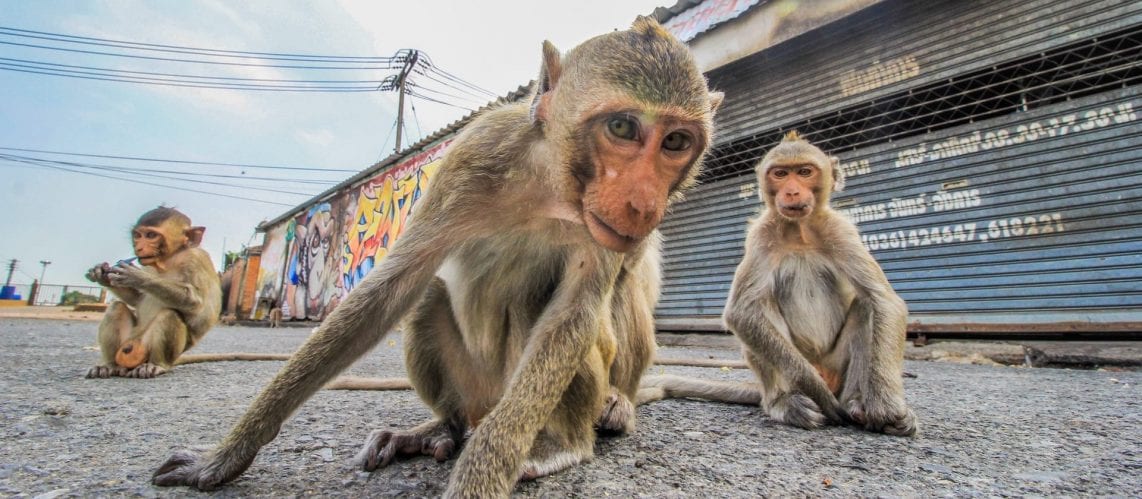Written by: Achu Balasubramanian, Saniya Syeda, Mackenzie Warren, Claire Lungwitz
Miller, Ian Jared. The Nature of the Beasts: Empire and Exhibition at the Tokyo Imperial Zoo. University of California Press, 2013.
The author of The Nature of the Beasts: Empire and Exhibition at the Tokyo Imperial Zoo, Ian Jared Miller, is a historian of Japan and East Asia currently teaching at Harvard University. His research, supported by reputed foundations like the Center for Global Research and the Japan Foundation, mainly focuses on the cultural dimensions of scientific, technological, and environmental change.
In 2013, Miller published The Nature of the Beasts: Empire and Exhibition at the Tokyo Imperial. This book takes readers into East Asia’s first modern zoological garden, Tokyo’s Ueno Zoo. By analyzing the Ueno Zoo, Miller explores Japan’s rapid modernization and changing relationship with the natural world.
The two chapters that will be examined in this annotated bibliography are the Introduction and Epilogue. The Introduction creates the framework for Miller’s argument that the Ueno Zoo created a separation between people and the natural world. The Epilogue goes into more detail about the historic events that occurred in the Ueno Zoo. To summarize, this annotated bibliography will analyze chapters in a book, written by a historian of East Asia, that address the practices and societal effects of the Ueno Zoo.
In both chapters, Miller argues that zoos are anything but natural. Although zoos have been advertised as places to experience nature, Miller argues that they are “a highly mediated and carefully crafted depiction of the natural world.” (Introduction, 5) He sustains this argument by discussing when the Ueno Zoo “naturally bred” a panda cub “in an environment crafted by and for human beings.” (Epilogue, 1) Miller reasons that this cub was a “hybrid of the natural and artificial” (Epilogue, 1), which is a contradiction of the completely natural experience that the Ueno Zoo promised. By citing this evidence and providing his reasoning, Miller proves his claim that zoos are anything but natural.
Miller provides solid, well-evidenced arguments discussing the artificiality of zoos. He argues that the Ueno Zoo “was a manufactured environment” (Introduction, 3) that combines exotic animals from across the globe only to be advertised as nature. Miller’s elaborate explanation of the panda cub’s unnatural breeding process and his claim that zoos cannot be truly natural, as nature can’t be confined in urban areas (Introduction, 3), further proves his argument that zoos are completely unnatural. Miller’s arguments about the artificiality of zoos are clear, concise, and never fall short.
Miller claims that the introduction of zoos in Eastern and Western societies moved the earth out of the Holocene and into the Anthropocene, a geological period centered on the wants and needs of humans. He states that “if the world has indeed entered the “Anthropocene,” the “age of humanity,” then there may be no better place to study its cultural meanings than the zoological gardens, a consciously designed middle ground between human society and the natural world”, (Epilogue, 8). When Miller claims that zoos are a “middle ground”, he suggests that zoos are a bridge between humanity and nature.
However, this directly contradicts his main argument that zoos are actually what caused the rift between the two, as earlier in the introduction he argues that zoos “instituted a separation between people and the natural world, introducing a break between humanity and animality” (Introduction, 2). These two points help to balance the argument, but their contradiction to each other makes it unclear as to which one he favors. This lack of clarity partially negates his main argument.
When comparing this work to Rothfels’ Savages and Beasts: the Birth of the Modern Zoo, it is easy to see the similarities between how zoos started in different areas of the world. The history of Hagenbeck’s zoo began with a fascination of the exotic, which is also what influenced the construction of zoos in both the Western society and Japan. Compared to Rothfels, Miller goes into much more detail about the Ueno Zoo’s history, as well as its specific effects on society. This can be shown through the quote, “climate change is taking place, biodiversity loss is accelerating, and these changes are in no small measure driven by human actions” (Introduction, 11). Miller provides some negative effects that zoos have on the society and the world, while Rothfels spoke more on the history of early zoos and how humans reacted to them.
Miller’s work prompts many questions concerning the authenticity of zoos in the modern day, such as what their main purpose is and if having them is worth all of the issues they seem to create. His argument regarding the Ueno Zoo gives reason to research the history of other major zoos around the world; in comparing their processes of development, it becomes possible to understand how zoos have contributed to the global era of Anthropocentrism.
